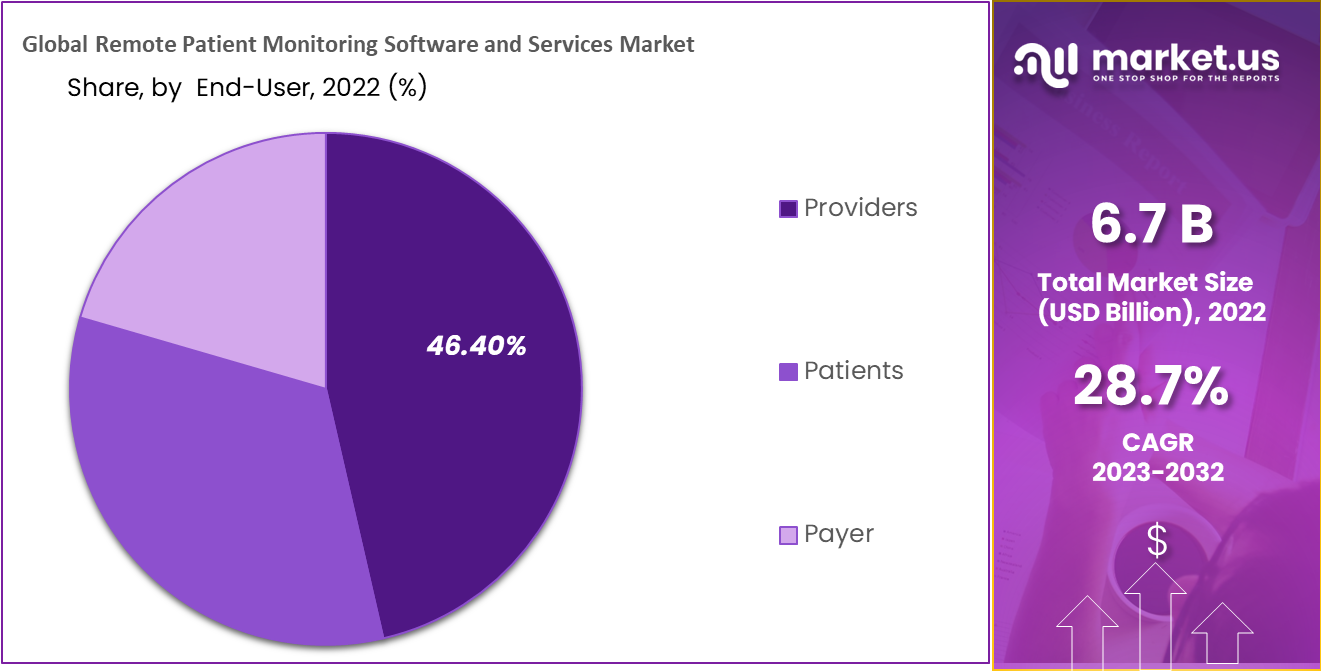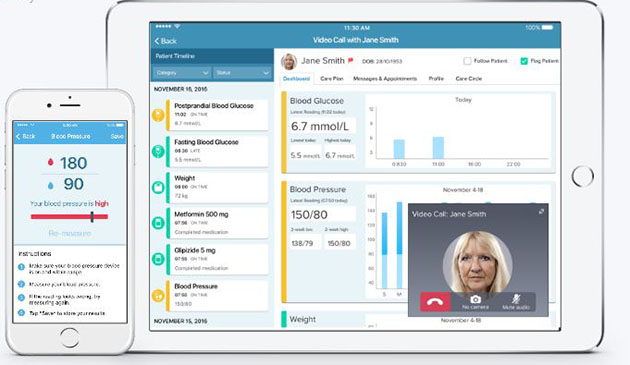Innovative RPM Software: Changing Patient Tracking in Health Care
Innovative RPM Software: Changing Patient Tracking in Health Care
Blog Article
The Future of Health Care: Remote Person Keeping An Eye On Streamlined
As healthcare continues to develop, one area that holds enormous guarantee is remote client monitoring. With a focus on improving patient outcomes and enhancing health care shipment, remote tracking is poised to transform the sector.
Advantages of Remote Person Monitoring
Remote patient monitoring offers a multitude of advantages for both health care providers and patients alike. One considerable benefit is the ability to continuously check people' essential indications and health information from another location. This real-time monitoring enables medical care carriers to find any type of concerning adjustments or patterns quickly, resulting in early treatments and potentially avoiding clinical emergencies. In addition, remote patient surveillance enhances the total high quality of care by supplying a more thorough and alternative sight of clients' wellness standing beyond typical in-person check outs.
Moreover, remote patient surveillance can result in better person outcomes and fulfillment. Individuals can appreciate the ease of getting care in the convenience of their own homes while still understanding that their health and wellness is being very closely monitored. This can result in boosted person interaction and adherence to treatment plans, eventually bring about far better health outcomes. Furthermore, remote monitoring can minimize the demand for constant health center gos to, reducing healthcare costs for both companies and clients. Overall, the benefits of remote person surveillance are clear, making it a beneficial device in contemporary healthcare delivery.
Technology Driving Remote Surveillance
In the realm of modern medical care, technological advancements play a crucial function in driving the evolution and efficiency of remote client surveillance. The combination of cutting-edge innovations such as wearable tools, mobile applications, and cloud-based platforms has actually transformed the way doctor from another location handle and check client wellness - software for remote patient monitoring. These technologies make it possible for continuous real-time tracking of essential signs, medicine adherence, and various other essential wellness information, permitting prompt treatments and customized treatment plans
One key innovation driving remote surveillance is the Internet of Things (IoT), which allows smooth connection between medical tools and medical care systems. IoT devices such as smartwatches and wireless sensors send and collect client data to central systems, assisting in remote tracking from throughout the world. Expert system (AI) and artificial intelligence formulas further improve remote monitoring by assessing huge quantities of person information to detect patterns, predict health patterns, and alert health care carriers to possible concerns.
Influence on Medical Care Distribution
With the assimilation of innovative modern technologies driving remote client monitoring, the influence on healthcare distribution is coming to be transformative and progressively profound. Remote patient monitoring permits doctor to provide more proactive and tailored care to patients, bring about enhanced health and wellness results and decreased medical facility admissions. By remotely tracking essential indications, symptoms, and medicine check this site out adherence, health care professionals can step in early, avoiding complications and boosting the general high quality of care.
In addition, remote tracking enhances accessibility to healthcare solutions, particularly for people in rural or underserved areas. Patients can get continuous surveillance and support from their homes, getting rid of the need for regular in-person gos to. This not just conserves time and minimizes costs for both individuals and healthcare facilities however also lessens the threat of exposure to infectious conditions, a critical consideration in the existing healthcare landscape.
Furthermore, remote person monitoring allows doctor to better prioritize and assign sources treatment based upon real-time data. By determining risky people and intervening quickly, medical care delivery ends up being a lot more reliable and reliable, eventually causing an extra lasting and patient-centered medical care system.
Improving Person Results

In addition, RPM permits aggressive monitoring of persistent conditions, lowering the possibility of acute exacerbations and health center readmissions. Individuals take advantage of enhanced ease and comfort, as they can get care in their own homes while staying connected to their healthcare companies. This continual surveillance not only boosts individual complete satisfaction but also fosters a feeling of empowerment and engagement in their very own health and wellness monitoring.
Future Trends in Remote Tracking
Accepting advanced innovations in remote patient tracking is shaping the future landscape of health care shipment. The future trends in remote monitoring are expected to reinvent the way healthcare is offered, making it extra patient-centric and efficient. One substantial fad is the increased usage important site of wearable tools and sensors to collect real-time data, making it possible for doctor to keep an eye on people continuously without the need for constant in-person check outs. These gadgets can track essential indicators, medication adherence, and activity levels, giving a comprehensive view of the individual's health condition.

Moreover, telehealth systems are becoming a lot more sophisticated, enabling for online appointments, remote diagnosis, and remote client keeping an eye on done in one integrated system (software for remote patient monitoring). Full Report This alternative strategy to remote surveillance is streamlining healthcare shipment, improving individual fulfillment, and eventually, improving general top quality of care
Conclusion
To conclude, remote client monitoring provides various advantages in healthcare delivery, driven by developments in innovation. It has the potential to boost patient end results and change the means medical care is supplied. Future patterns in remote tracking will remain to form the landscape of medical care, supplying chances for more personalized and efficient person care.
Remote client tracking provides a plethora of benefits for both healthcare suppliers and patients alike. Additionally, remote client monitoring boosts the general top quality of care by offering a more comprehensive and alternative sight of clients' wellness condition beyond standard in-person check outs.
Moreover, remote client monitoring can lead to better client end results and fulfillment. Remote client surveillance allows medical care companies to offer more aggressive and customized treatment to clients, leading to boosted wellness results and reduced health center admissions. Remote patient tracking (RPM) plays a significant function in boosting client results by giving constant, real-time information that makes it possible for healthcare suppliers to intervene quickly and readjust therapy plans as needed.
Report this page